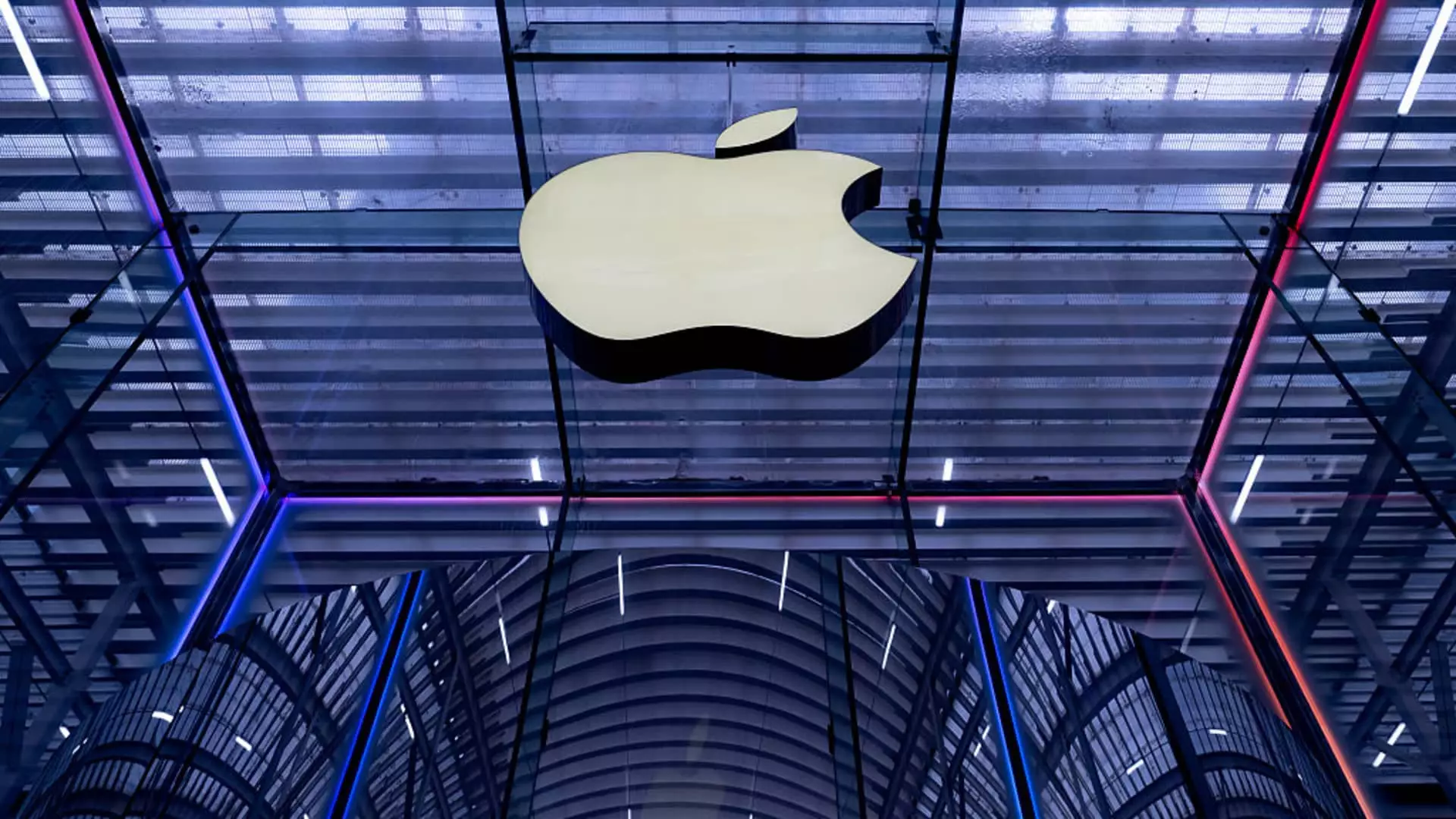Apple’s upcoming earnings release is shaping up as a pivotal moment that could expose the fragile foundation of its recent success. Despite its reputation as a tech titan and a symbol of innovation, the company now finds itself embroiled in an array of external pressures—geopolitical tensions, economic uncertainties, and shifting consumer dynamics—that threaten to undermine its towering market position. Historically lauded for its sleek designs and brand loyalty, Apple’s resilience is now being tested by surmountable hurdles that demand more than superficial adjustments. Market watchers should question whether Apple’s focus on maintaining its premium image can survive the cost hikes and supply chain disruptions looming on the horizon.
The looming narrative of tariffs, especially concerning China, underscores a fundamental vulnerability in Apple’s global supply chain strategy. The intense focus on whether tariffs or geopolitical tensions will be mentioned during the earnings call indicates a deeper anxiety: is Apple prepared for the repercussions of a decoupling from China? It’s alarming that investors are already betting heavily on the likelihood of such terms being discussed, signaling widespread concern about the sustainability of Apple’s current manufacturing model. Even efforts to diversify—like the new manufacturing academy in Detroit or increased production in India—offer only partial relief. These initiatives are, at best, stopgaps that do little to address the inherent costos of shifting supply chains without sacrificing quality or driving prices sky-high.
Furthermore, the notion that “Made in U.S.” iPhones could double or triple retail prices sparks a visceral debate about access and inequality. In a society where tech affordability already skews toward the elite, a premium price point of $1,500 to $3,500 could cement a stark divide, alienating a broad swath of potential users. Apple’s insistence on innovation and exclusivity may win in branding, but it risks eroding the very consumer loyalty that has made it successful. The shift toward manufactured-in-India and Vietnam, while strategic, merely sidesteps the fundamental question: how long can the company sustain profitability if costs continually inflate?
Market Outlook: A Company Facing its Own Limitations
The market’s skepticism is palpable. Apple’s stock performance paints a somber picture: a nearly 17% decline year-to-date, trailing behind the robust S&P 500’s gains. This divergence signals not only investor caution but also a deeper reassessment of Apple’s growth trajectory amid macroeconomic headwinds. Analysts like Tim Long paint a bleak outlook, emphasizing the company’s potential struggles due to a “rough” macro environment and tepid product innovation. More critically, the lack of new features and the erosion of market share—especially in key Chinese markets—sharpen the narrative that Apple may have peaked, or at least reached a plateau that limits future upside.
What’s most concerning is the possibility that Apple’s responses to these challenges may be shortsighted. The anticipation that the company might resort to pricing actions as a last resort risks a self-fulfilling prophecy: demand could diminish if consumers perceive Apple products as increasingly unattainable or inflated. The company’s reliance on powerful branding and loyal customers might not withstand prolonged turbulence. An overemphasis on mitigating costs with pricing adjustments rather than innovation could mute the allure that has long defined Apple’s competitive edge.
Moreover, the obsession with entertainment sensations like “Severance” or blockbuster hits like “F1: The Movie” signals a company that’s perhaps more interested in peripheral ventures than addressing core business challenges. While Apple TV+ offerings attract audiences, they do little to offset the fundamental economic pressures facing iPhone sales and hardware margins. The battle for digital content supremacy cannot substitute for the strategic necessity of reinvigorating core product lines and adapting to an increasingly complex global economic environment.
In essence, Apple’s current position exposes the peril of overreliance on a global supply chain that remains vulnerable and a product portfolio that risks stagnation. The company must confront not only external threats but also internal limitations. How it navigates these turbulent waters will determine whether Apple remains a resilient innovator or succumbs to the forces of economic and geopolitical reality that undermine its once unassailable status.

